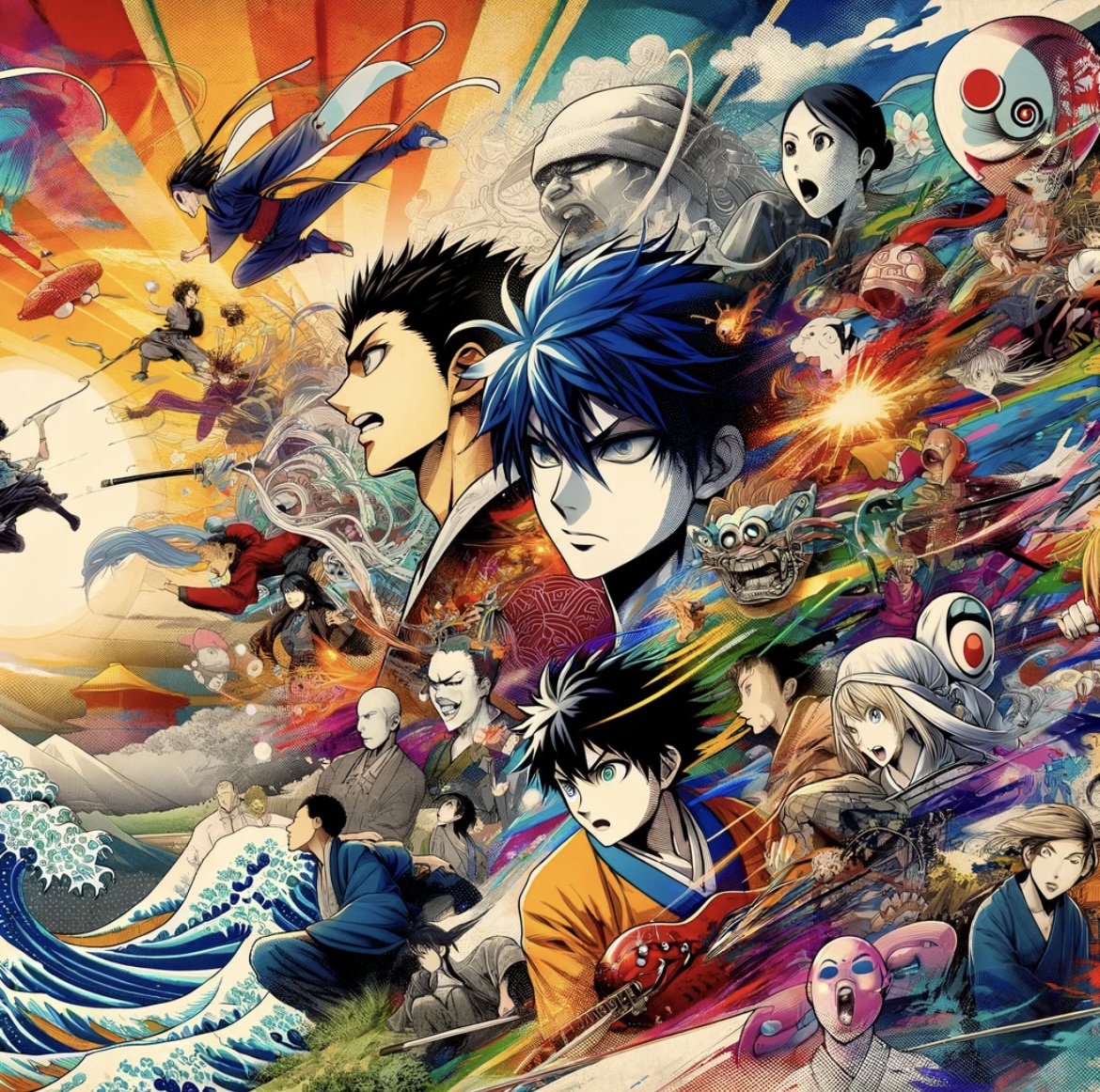
Manga, the unique form of Japanese comic art, has long captivated audiences around the world with its distinct storytelling and expressive visuals. Over the past few decades, manga has undergone significant transformations, moving from traditional print to the digital realm. This transition has influenced not only how manga is produced and read mo dao zu shi manhua at https://readmanga.cc/ consumed but also how it is perceived by its global fanbase. In this article, we’ll explore the key moments and trends that shaped manga’s journey from print to digital and its lasting impact on the industry.
Early days: The Golden Age of Print Manga
Manga’s roots trace back to Japan’s rich history of woodblock prints and illustrated narratives. However, the modern form we recognize today began in the post-World War II period, particularly in the 1950s and 60s, known as the Golden Age of Manga. Influential creators like Osamu Tezuka, often referred to as the “God of Manga, ” revolutionized the medium by introducing cinematic techniques and serialized storytelling. Manga exploded in popularity, with major publishing houses like Shueisha, Kodansha, and Shogakukan driving the production of weekly and monthly manga magazines. These print editions, such as Shonen Jump and Nakayoshi, became cultural staples, reaching millions of readers.
The Globalization of Manga: Print Goes Worldwide
By the 1980s and 90s, manga had spread beyond Japan’s borders, captivating audiences across North america, Europe, and other parts of the world. Companies like Viz Media and Tokyopop played critical roles in translating and distributing manga internationally, introducing series such as Dragon Ball, Sailor Moon, and Akira to new audiences. The portability and affordability of manga volumes made it easy for readers to access their favorite stories, while fan communities grew through conventions and fan translations, or scanlations. During this time, manga was synonymous with printed books and magazines, and its physical presence was crucial to its identity.
The Digital Shift: Emergence of Online Manga Platforms
The early 2000s marked the beginning of a digital transformation. With the rise of the internet and the proliferation of personal devices, publishers and independent creators began exploring online distribution. Early digital manga platforms like eManga and ComiXology offered a new way for fans to access content, though the transition was slow at first. For traditional publishers, the digital model raised concerns about piracy and the loss of the tactile experience print manga provided. However, the growing popularity of e-readers, tablets, and smartphones made digital manga more accessible to readers worldwide, while providing new opportunities for authors to distribute their work directly to audiences.
Webtoons and the Birth of New Digital Formats
While manga traditionally adhered to a black-and-white format with serialized storytelling, the advent of webtoons—horizontal, full-color comics optimized for smartphones—marked a significant shift in the digital landscape. Originating in South Korea, webtoons like Tower of God and Lore Olympus attracted a global following and challenged conventional notions of what manga could look like. As these digital formats gained popularity, Japanese manga publishers also began experimenting with color and different panel layouts to suit digital reading experiences. This shift was particularly appealing to younger readers who were more accustomed to reading content on their devices.
The benefits and Challenges of Digital Manga
Digital manga brought several advantages to the table, such as instant access to new releases, expanded storage options, and reduced costs for both consumers and publishers. Platforms like Crunchyroll Manga, BookWalker, and Shonen Jump’s digital service allowed readers to access vast libraries of manga legally and affordably. Furthermore, independent creators gained a new outlet to showcase their work, bypassing traditional publishing barriers. However, the digital transition also posed challenges. Long-time fans often felt nostalgic for the tactile experience of holding a physical manga volume, while concerns about digital rights management (DRM) and the preservation of digital content emerged as significant issues for the industry.
Manga’s Digital Boom During the COVID-19 Pandemic
The COVID-19 pandemic accelerated the shift to digital formats across various industries, and manga was no exception. With bookstores and libraries closed, digital manga sales skyrocketed as readers turned to online platforms for their entertainment. According to the Research Institute for Publications, Japan’s digital manga market surpassed its print counterpart in 2020, solidifying the importance of digital distribution in the industry. This period also saw a surge in popularity for subscription-based models and simulpubs, where readers could access manga chapters as they were released in Japan, fostering a global community of real-time engagement.
The future of Manga: A Hybrid Model
As manga continues to evolve, the future likely lies in a hybrid model that embraces both print and digital formats. While digital platforms offer convenience and accessibility, there remains a loyal fanbase for physical manga collections, with deluxe editions and collector’s items maintaining their appeal. Moving forward, publishers will need to strike a balance between these two mediums to meet the diverse needs of readers. Furthermore, innovations in augmented reality (AR) and virtual reality (VR) may open new possibilities for interactive manga experiences, expanding the boundaries of storytelling in ways that were once unimaginable.
In conclusion, manga’s journey from print to digital reflects broader shifts in how content is created, distributed, and consumed. While its digital evolution offers exciting new opportunities, the essence of manga—its compelling stories and unique art—remains at the heart of its enduring appeal.